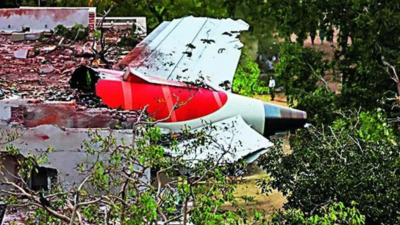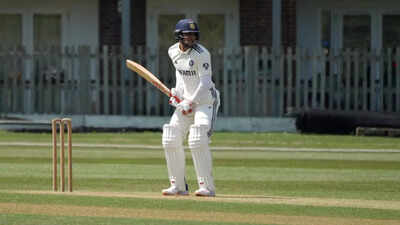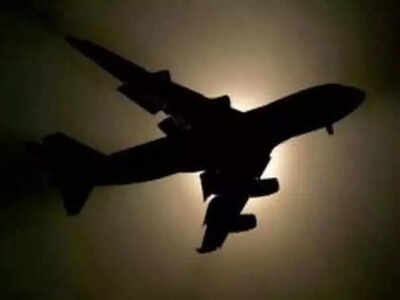Air India plane crash: First ‘hull event’ for 787, but problems plagued Dreamliner since 2011 debut | India News

MUMBAI: The Air India Ahmedabad crash was the first “hull event” involving a Boeing 787 aircraft. But the Dreamliner has been at the centre of controversy over technical problems since its commercial debut in 2011.A “hull event” in aviation, often also referred to as a “hull loss”, is a situation where an aircraft is destroyed or damaged beyond economic repair. Boeing shares fell 8% before the opening bell on Wall Street on Thursday.When the Dreamliner debuted, its USP was fuel efficiency and a lower cabin altitude. While other jets maintained a cabin altitude of 8,000 feet (altitude simulated inside passenger cabin for comfort and breathing), Dreamliner had a lower cabin altitude of 6,000 feet, which meant lower fatigue for passengers & crew.The issues began in the second year of service, after several B787s suffered electrical system problems, leading to electrical fires caused by its lithium batteries. Then, in 2019, technical problems due to structural and manufacturing flaws led to multiple groundings and inspections around the world. The problem related to a batch of incorrectly sized shims (a flat piece of metal that corrects alignment between structural components).The faulty shims led to gaps in the aircraft’s vertical tail and around the horizontal stabiliser – control devices of the aircraft. A Boeing spokesperson said that they addressed it in the production system after they discovered the issue, and that it was not an immediate safety issue.In 2024, the Dreamliner faced another issue, this time involving improperly torqued structural fasteners. Over 900 fasteners per plane were improperly tightened on the fuselage of an undisclosed number of aircraft that had not yet been delivered to airlines. Boeing said there was no immediate concern about flight safety, and the in-service fleet of Dreamliners could continue to operate safely. There were also whistleblower allegations about poor drilling practices that threatened the structural integrity of the aircraft. The US aviation regulator subsequently suspended Boeing’s self-certification authority and ordered in-depth inspections on the older aircraft.Another problem came to light in Aug 2024, when the US regulator instructed the inspection of cockpit crew seat switches after a loose rocker-switch cover caused autopilot disconnection and altitude changes. The directive followed an incident in March that year, when LATAM airline’s B787 experienced a seat switch cover failure, causing the aircraft to suffer a sudden altitude drop over the Tasman Sea, injuring 40 passengers. This Jan, an Etihad B787 aborted take-off at Melbourne following a tyre burst and fire.





